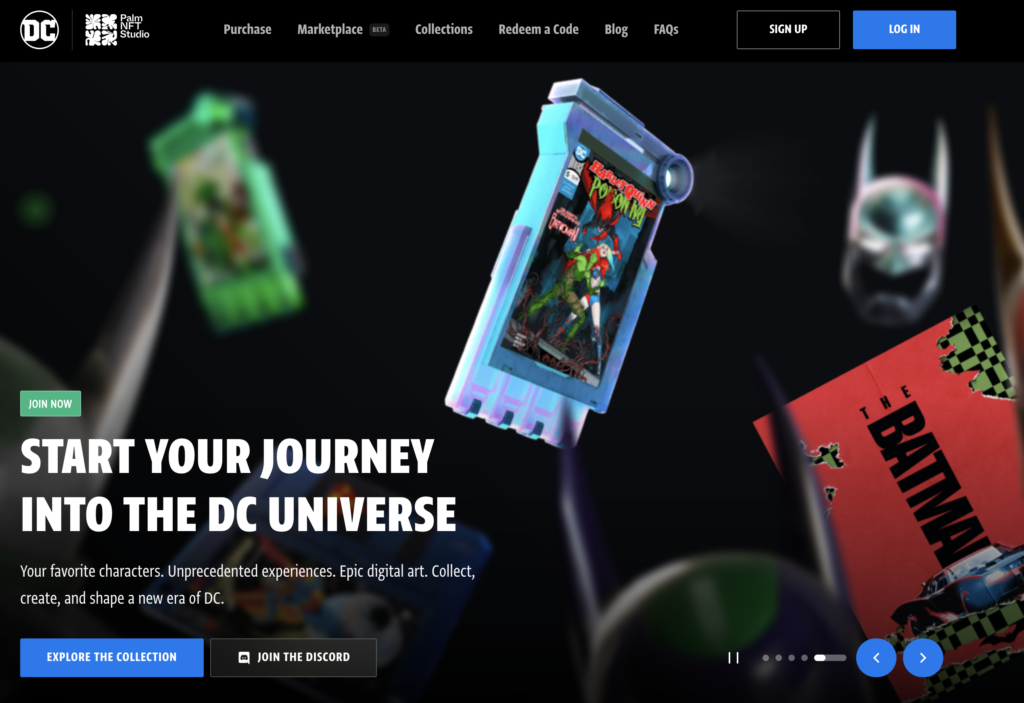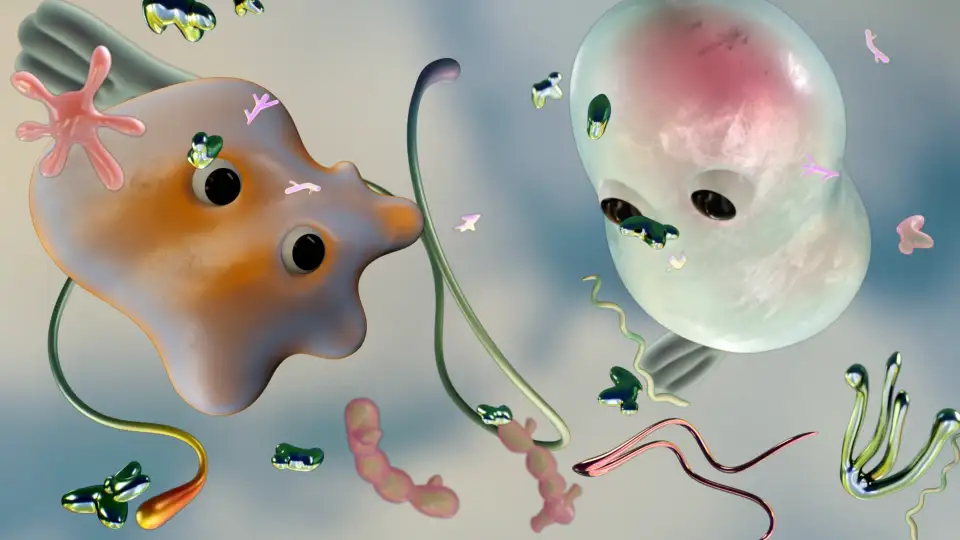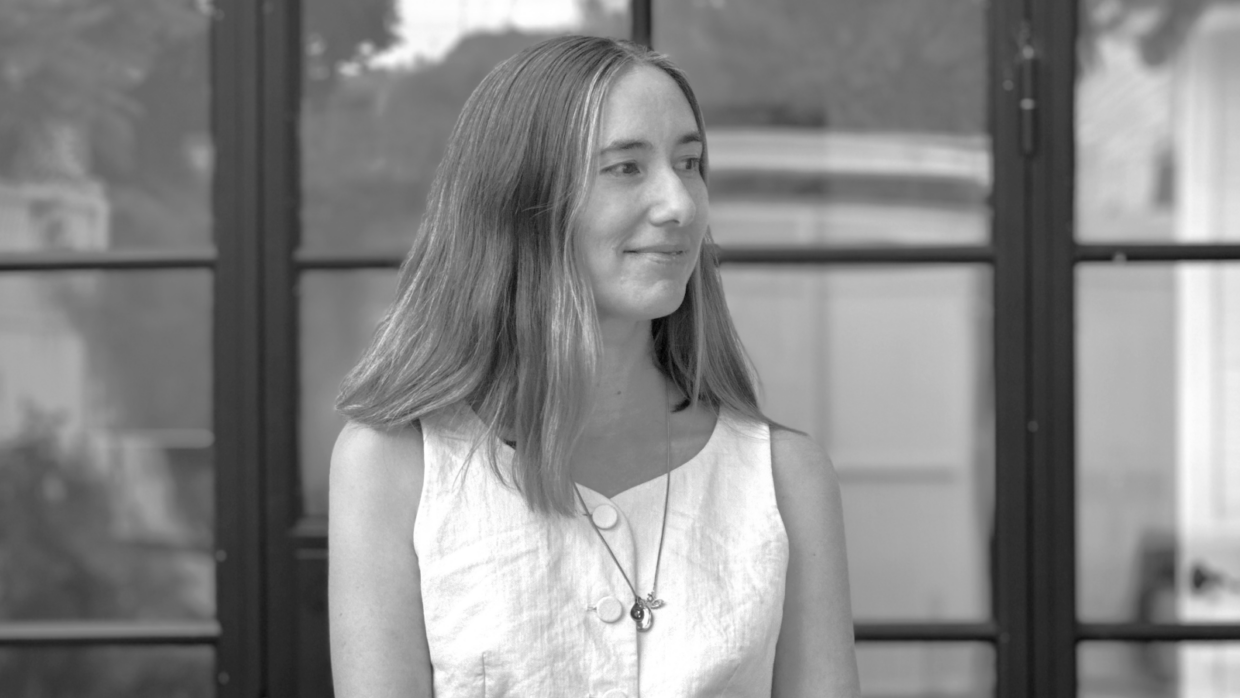As the Head Creative Director at Candy Digital, Straith Schreder is at the forefront of the Web3 revolution, crafting next-generation NFT experiences that are transforming the way fans engage with their passions. With a background that spans traditional media and Web3, including roles at VICE Media Group and BitTorrent, Schreder is now leveraging her expertise to redefine brand engagement in the digital space.
Backed by investors such as Galaxy Digital and ConsenSys Mesh, Candy Digital designs and develops officially licensed, premium digital collectibles that center around sports, entertainment and culture. To date, the company has launched official partnerships with Major League Baseball, NASCAR, WWE, Netflix, Warner Bros. Discovery, Getty Images and more.
JCC recently caught up with Straith Schreder to discuss her transition from traditional media to Web3, evolving trends in the digital space, the role of community participation in shaping the digital ecosystem, and Candy Digital’s unique initiatives aimed at environmental sustainability. Schreder also delved deeper into the concept behind Inklings, the building blocks of life in Palm Garden.
You’ve made a leap from traditional media to the world of Web3. Could you discuss how your background has shaped your approach to Web3?
Web3 represents the opportunity to reimagine traditional digital media. That’s what brought me to the space. We have the chance to build an entirely new medium for creativity. A way of encoding rights and remuneration. Of giving communities a stake in what they love. Of making art that’s singular, and generative, and participatory.
For as long as digital spaces have existed, we’ve been using them for expression. First, it was through content. Now, it’s through ownership. That’s a fundamental shift. But it speaks to the goal of publishing in any era. You want to create a story people can see themselves in.
Now, when I think about building Web3 experiences for partners like DC, I’m thinking about how we give users and fans the tools to participate and shape the narrative. We’re designing for agency, not audiences.

Image: nft.dcuniverse.com
Gamification and Sports NFTs are emerging trends in the digital space. How do you envision these trends evolving, and what impact might they have on our engagement with sports and entertainment?
We’re at an inflection point. I’m especially excited [about] what this means for sports. So far, the history of Web3 has really been about marketplaces. But the way we connect with stories is so much deeper. It’s more than transactional. As the macro conditions have shifted, and some of these marketplaces have started to see declines, I think we can also start thinking about this space differently. It’s not just about speculators, it’s about deepening the relationship with your core fans.
The platforms and features that will drive this next growth cycle will center the experience of these core sports fans: giving them unprecedented access to their teams, rewarding their support, and giving them new ways to play.
You’ve stated that “The Future of Content is Collaborative.” Could you expand on this idea, particularly in relation to Palm Garden and the role community participation plays in shaping this digital ecosystem?
What we’ve seen over the past few years is that digital ownership is transformative. Owning something is a profoundly different type of engagement than viewing something, or liking a post. It changes your relationship with the creator. You have a deeper connection. Ownership is how we participate in and shape culture. It’s been key to the success of landmark web3 projects like The Currency, or The DC Bat Cowl Collection: where participation shapes the artwork itself.
In starting Palm Garden, our goal was to build a social impact platform hand in hand with the community. Their voices give our world form, and their actions shape its future.
Our first Palm Garden collection, Inklings, is creative commons. So, they can become a canvas for your own imagination or practice. And, they also act as a key into a bigger story about our planet: one that unfolds through a series of collector quests. Since launching our first mission last week, we’ve seen over 94% of holders participate, accounting for over 12.4K hours of play.

Palm Garden. Image courtesy of Candy Digital
Palm Garden is launching a unique initiative, a donation-based mint with proceeds supporting the Rainforest Foundation. Could you provide more insight into this initiative and how you see blockchain technology contributing to environmental sustainability?
Candy Digital was started to build more sustainable ways for artists, creators, and communities to connect. From DC to MLB, over the course of the past two years, we’ve built some of the largest and most engaged communities in web3. Our goal is to use our platform to support and sustain environmental action: working with our users to contribute to change.
We’re launching our first donation-based project on Palm Garden as a new way of funding environmental causes. The Palm Garden Epiphytes collection is designed to reflect symbiotic support: acting as a record of community action, with 100% of proceeds going to Rainforest Foundation.
Inklings, described as the building blocks of life in Palm Garden, each possess unique traits and abilities. Could you delve deeper into the concept behind the role of Inklings in the narrative of Palm Garden?
Inklings represent Palm Garden’s first species. They’re the first project we’ve built using our Generative Art Maker. Each Inkling is born with unique traits (and even their own generative astrological fate). These traits help them explore and navigate the territory around them. Their job is to hold the future in their minds’ eyes: to map its contours, and steward its growth.
Each Inkling has a calling: a quest to understand how the world works. Over the course of the next few weeks, these quests will be revealed. So will the underlying mechanics of our world.
One of the things our team talked about a lot as we started this project was the idea of expression as biological. It’s a really human thing to want to create. We long to say something that hasn’t been said, to go somewhere that hasn’t yet been mapped. The storyworld of this project is about that. In a lot of ways, we hope to encode the idea that if the place for you does not yet exist, you can build it.



